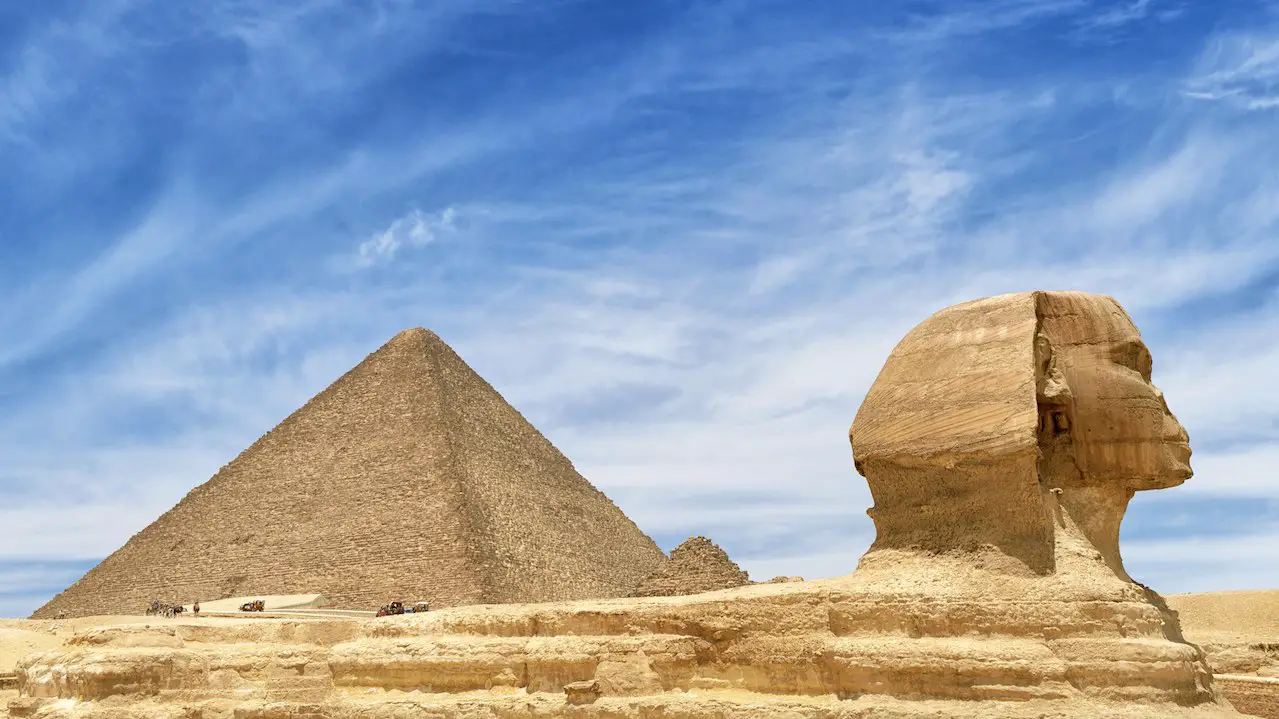The Giza pyramid complex in Egypt has evolved to become the leading tourist destination in the world with many seeking to unravel the history and mystery behind the iconic architectural designs.
The architectural wit behind the still-standing Egyptian pyramids is fascinating and it deserves more praise that it has received over the years. Keeping such a piece of engineering intact 4, 500 years later is mind-boggling.
However, there are several interesting facts about the pyramids that many do not know about.
Some Giza pyramids were flat
As it would be expected with a pyramid have a sharp protrusion at a top, some of the ancient structures put up were actually flat. The Pyramid of Djoser is among the ancient pyramids designed by architect Imhotep and built in 2630 BC
Pyramids were built on River Nile’s west side
This design was informed by the culture of the Egyptians where they believed that life was supposed to end at the Nile from where the afterlife would begin.
According to an Egyptian deity, Osiris, there was a strong connection with the cycle of the sun which the deity believed that symbolized death. As such, it would set on the West side which signified death, therefore, burying Pharaoh in the pyramid’s tombs facing the west marked his afterlife journey.
Astronomy guided construction
The stars according to a renowned British Egyptologist, Kate Spence, were instrumental in the lining up of the pyramids. This has made it easy to date the pyramids using astronomical records.
The Pyramids were not built by slaves
This rumour is credited to Greek Historian by the name Herodotus who stated that slaves built the massive pyramids. But as it has turned out, his information could be wrong.
In the 1990s, graves of the builders were found in the pyramids and it is highly probable that they were the builders from poor families who were honoured by being buried in the pyramids, treatment that would not be accorded to a slave.
The Great Pyramids can tell time
Isn’t that fascinating! Once in the Great Pyramid, you can tell each hour of the day through its shadow which falls on marks made on the stones.
This was the perfect ‘clock’ for the Egyptians
More for you:
8 Best World-Class Resorts To Book In Cairo, Egypt
Two-Days Trek In Tunisia’s the Sahara Desert From As Low As $250
A Date With Egypt: How To Spend 24 Hours In Cairo
#SeeAfricaToday








